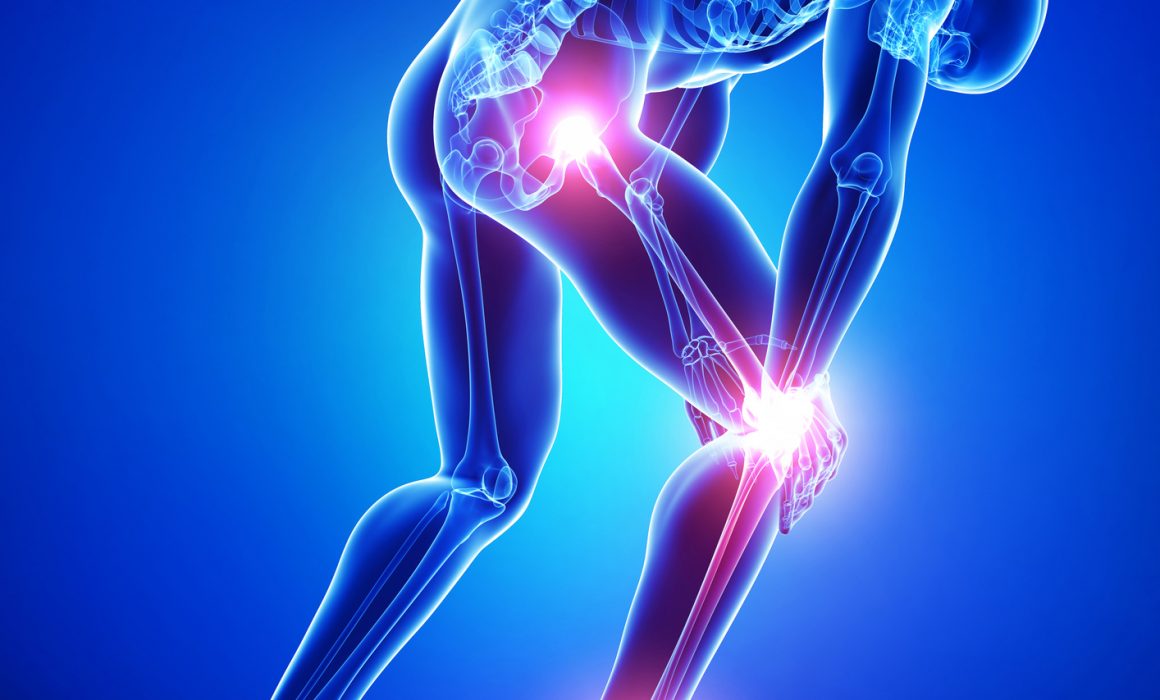Orthopaedics & Traumatology

Functions of the Orthopaedics and Traumatology Science Movement System, one of the major Surgical Branches of Medical Science; The Movement System deals with surgical and conservative treatment of diseases and injuries. In addition, it has undertaken important functions in terms of prevention of diseases and injuries, ie preventive medicine.
Orthopaedics Latin word origin orthos (Smooth) and pedios (child) is derived from the combination of the words. Surgery is still Latin origin means the science related injuries and damage. Orthopaedics movement system is to get rid of the healthy and healthy individuals, Traumatology aims to restore the injured and injured movement system elements to their old functions and to save the life of the injured.
Movement System The skeleton (bone and joints) consists of the lower extremities (Hip – leg – calf – foot) connected by the spine and upper extremities (shoulder – arm – forearm – hand) connected with the upper thoracic cage via the upper and lower pelvis.
Motion System starts sticking to other important elements that November special points or projecting surface formed on the frame and at least one of the bones themselves sometimes still adhering to the bone surface in the same way by covering the two joints. Muscle groups that provide the same effect and muscle groups that provide the opposite effect to provide different motions in the joints. Contractions would be controlled by the excitation of the brain and spinal cord, peripheral nerves. The actual control mechanisms are provided through the Brain. Brain control takes off somewhat, and if the spinal cord gets control, involuntary contractions begin.
Motion System is supplied with a very dense vascular network. Arteries bring arterial blood into the extremities and Venler takes venous blood.
Bones is also equipped with a rich vascular network. The bones in our bodies are the living tissues and they are constantly rebuilt and rebuilt themselves. But we do not feel it. It also has very important functions in blood cell construction and Calcium and Phosphorus metabolism.
Most Common Complaints:
The Movement System normally has the ability to move painlessly. To be constantly in motion or rest pain is a pathological condition. Making power of movement with pain or limitation of movement still is a symptom of the disease. Continuous sound pressure from joints and pain with this voice that is pathological findings. In addition to these bones and swelling of the joints, increased temperature, redness, warmth among other important symptoms. Decreased muscle strength, loss of feeling, numbness, tingling, a harbinger of neuronal dysfunction. Dysfunction can be the result of a malfunctioning skeletal, muscular or nervous system walking by bouncing. Thinning of the muscles (atrophy) occurs due to the use of used or less. Extreme pallor in the region, shows the pathology of the cold or bruising circulatory system.



